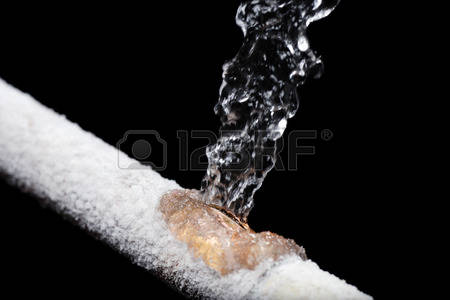Driving Safely in Snow and Ice
Winter weather is here and so is the task of driving in snow and ice. Of course, the best advice for driving in bad winter weather is not to drive at all if it can be avoided. This is not always an option so try not to go out until snow plows and sanding trucks have had a chance to do their work. Make sure and allow extra time to reach your destination.
Here are some tips to keep in mind for driving safely on icy roads
- Decrease your speed and leave yourself plenty of room to stop. You should allow at least three times more space than usual between you and the car in front of you.
- Brake gently to avoid skidding. If your wheels start to lock up, ease off the brake.
- Turn on your lights to increase visibility to other motorists.
- Keep your lights and windshield clean.
- Use low gears to keep traction, especially on hills.
- Don’t use cruise control or overdrive on icy roads.
- Be especially careful on bridges, overpasses and infrequently traveled roads which will freeze first. Even at temperatures above freezing, if the conditions are wet, you might encounter ice in shady areas or on exposed roadways like bridges.
- Don’t pass snow plows and sanding trucks. The drivers have limited visibility, and you’re likely to find the road in front of them worse than the road behind them.
- Don’t assume your vehicle can handle all conditions. Even four-wheel drive vehicles can encounter trouble on winter roads.
Try to incorporate some of these tips into your winter driving experience and have a safe winter weather driving season.
For more information on Auto, Home, Business, Life, and Flood insurance, visit our website at www.chedwards.net.
For more helpful insurance tips and information visit us on Facebook at www.facebook.com/chedwardsinsurance
by Denise Visco


